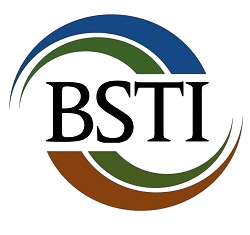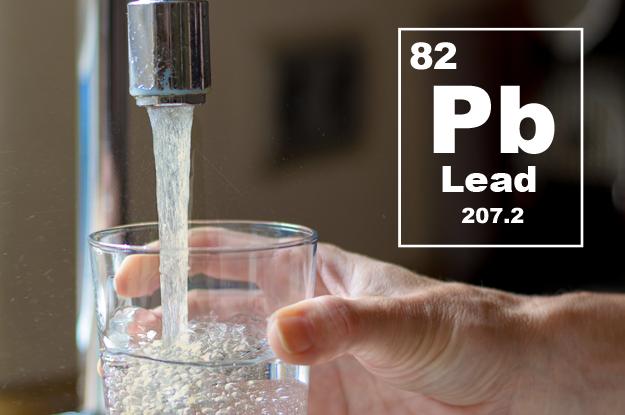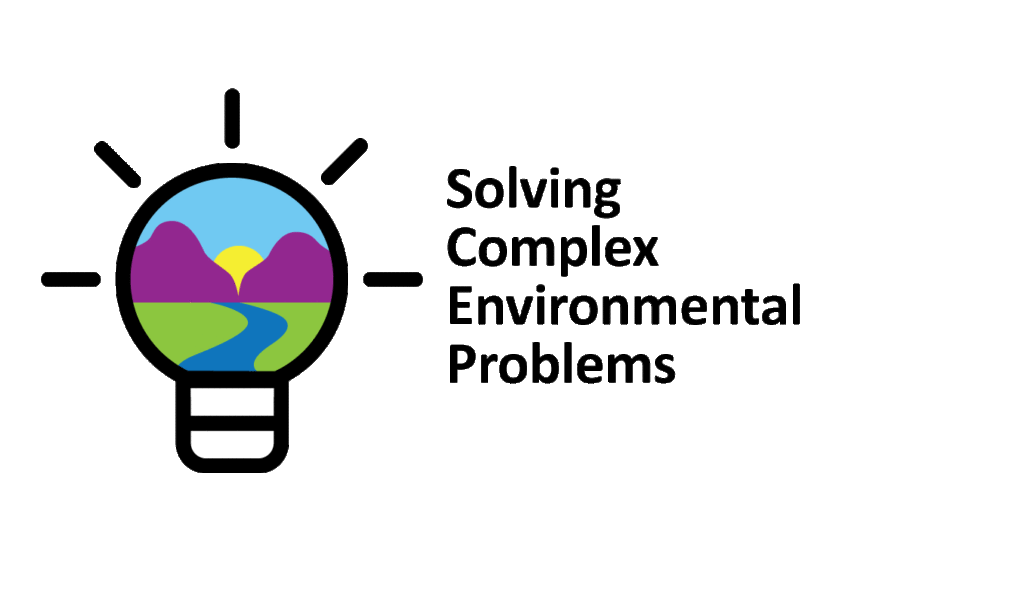
The EPA is responsible for ensuring the safety of the nation’s drinking water in public water supplies. The EPA estimates that approximately 8,000 schools and child care facilities maintain their own water supply and are regulated under the Safe Drinking Water Act (SDWA).
There are approximately 98,000 public schools and 500,000 child-care facilities not regulated under the SDWA. These unregulated schools and child care facilities may or may not be conducting voluntary drinking water quality testing.
Exposure to lead is a significant health concern. The growing bodies of children and infants absorb more lead than the average adult. Drinking water is one possible, but not the only, source of lead exposure.
EPA’s 3Ts – Training, Testing, and Taking Action – provides tools for schools, child care facilities, states, and water systems to implement voluntary lead in drinking water testing programs.
Step 1 – Develop a communication plan
At the heart of an effective communication plan is preparation and coordination to deliver information swiftly, professionally, and consistently. Telling parents and staff about your 3Ts Program will demonstrate your commitment to protecting children and staff health. Communicating early and often about your testing plans, results, and next steps will build confidence in your ability to provide a safe environment.
Step 2 – Learn about lead in drinking water
Lead is a toxic metal that is harmful to human health. There is no safe blood lead level for children. In the human body, toxic lead can substitute for healthy calcium, which is a mineral that strengthens the bones. Lead is carried in the bloodstream and can harm the nervous system and brain. What is not excreted is absorbed into the bones, where it can collect for a lifetime.
Young children are especially susceptible to lead exposure, because of their frequent hand-to-mouth activity, and their metabolism—their bodies absorb metals at a higher rate than the average adult does. Children’s nervous systems are still undergoing development and thus are more vulnerable to the effects of toxic agents.
The only way to determine a child’s lead level is to have the child’s blood tested. Contact a health provider to learn more about blood lead testing.
Step 3 – Plan your 3Ts Program
Before sampling, facilities should establish a plan on how they will respond to their sample results to protect the school or child care facility population from lead in drinking water. You should consider potential partners, funding options, and how frequent testing will occur.
Step 4 – Develop a sampling plan
It is important that water samples be collected properly. Certified laboratories chosen to analyze samples may provide specialists to assist with sample collection. If the laboratory is not supplying someone to sample, be sure to identify an individual who is adequately trained to collect lead samples to help avoid sampling errors. It is useful to ask for references to confirm that individuals are qualified to test for lead in schools and child care facilities. Some state drinking water programs or public water systems may provide both services, although there is no federal requirement that they do so.
Step 5 – Conduct the sampling and interpret the results
The EPA recommends that schools and child care facilities conduct a 2-step sampling procedure to identify if there is lead in the outlet (e.g., faucet, fixture, or water fountain) or behind the wall (e.g., in the interior plumbing). These samples should be taken after an 8 to 18-hour stagnation period.
Take first draw samples from fixtures throughout the building that are used for human consumption. EPA strongly recommends that you collect these samples from all outlets used for drinking or cooking, prioritizing the high-risk outlets (i.e., fixtures that are known to or potentially contain lead and fixtures that are used most frequently). The plumbing profile will help pinpoint those high-risk fixtures and to prioritize sample collection.
Step 6 – Establish routine remediation practices
Engage the local health department, public water system, and other available resources to ensure the organization performing remediation is qualified and reputable. Ask vendors for information on the schedule, health precautions that must be taken during and following remediation, and request regular status updates on their progress prior to agreeing to work with any particular organization. The internal team should identify an individual that is responsible for working with the remediation contractors. This person should regularly communicate the schedule, activities, and hazards to the 3Ts Program team.
Step 7 – Perform good recordkeeping
Finally, it is important to keep an ongoing record of partners, team contacts, testing efforts, remediation efforts, public outreach, and communication activities. Keep copies of past communication materials and dates they were sent out. It is imperative to be able to prove steps were taken to inform the public on any lead issues. Strong recordkeeping can also prove to be helpful in illustrating what steps you have taken to notify the public of testing efforts and results.
Brownfield Science & Technology, Inc. (BSTI) provides qualified and experienced Environmental Inspectors, Professional Geologists, Geotechnical experts, Biologists, Environmental Scientists, Technicians and Engineers in support of environmental challenges to organizations in the Mid-Atlantic region.
BSTI’s website is www.bstiweb.com






